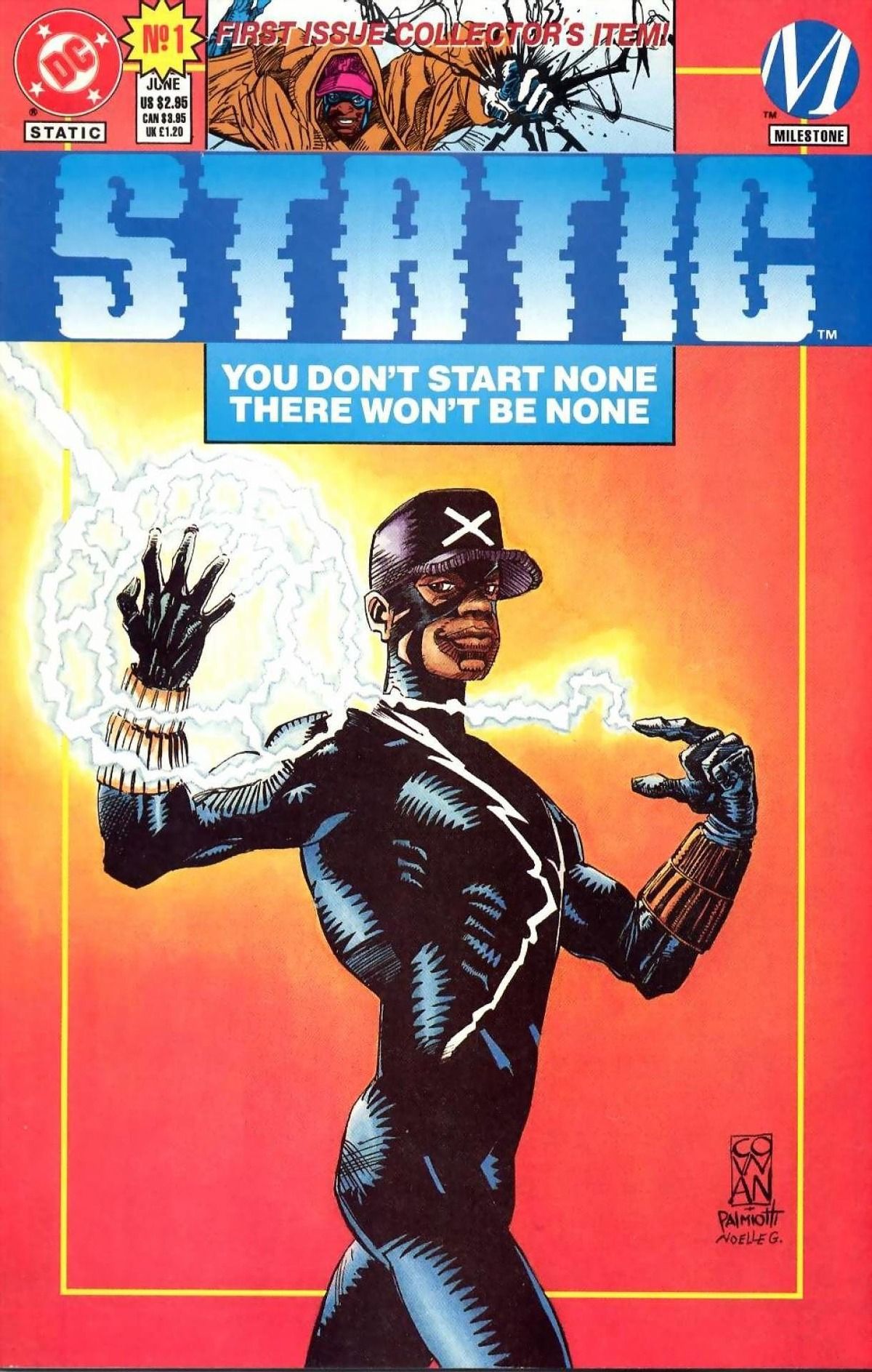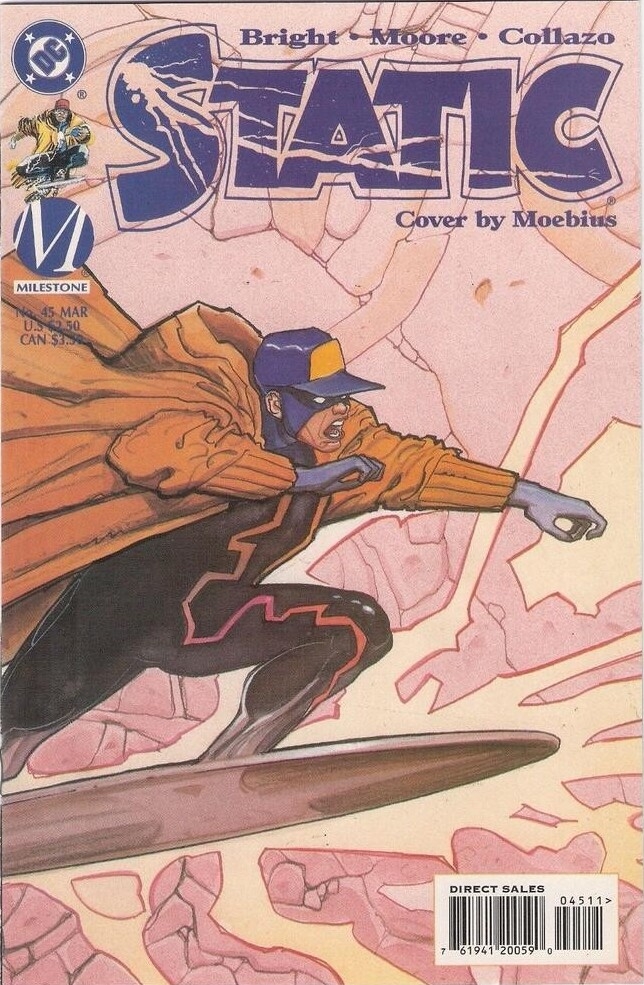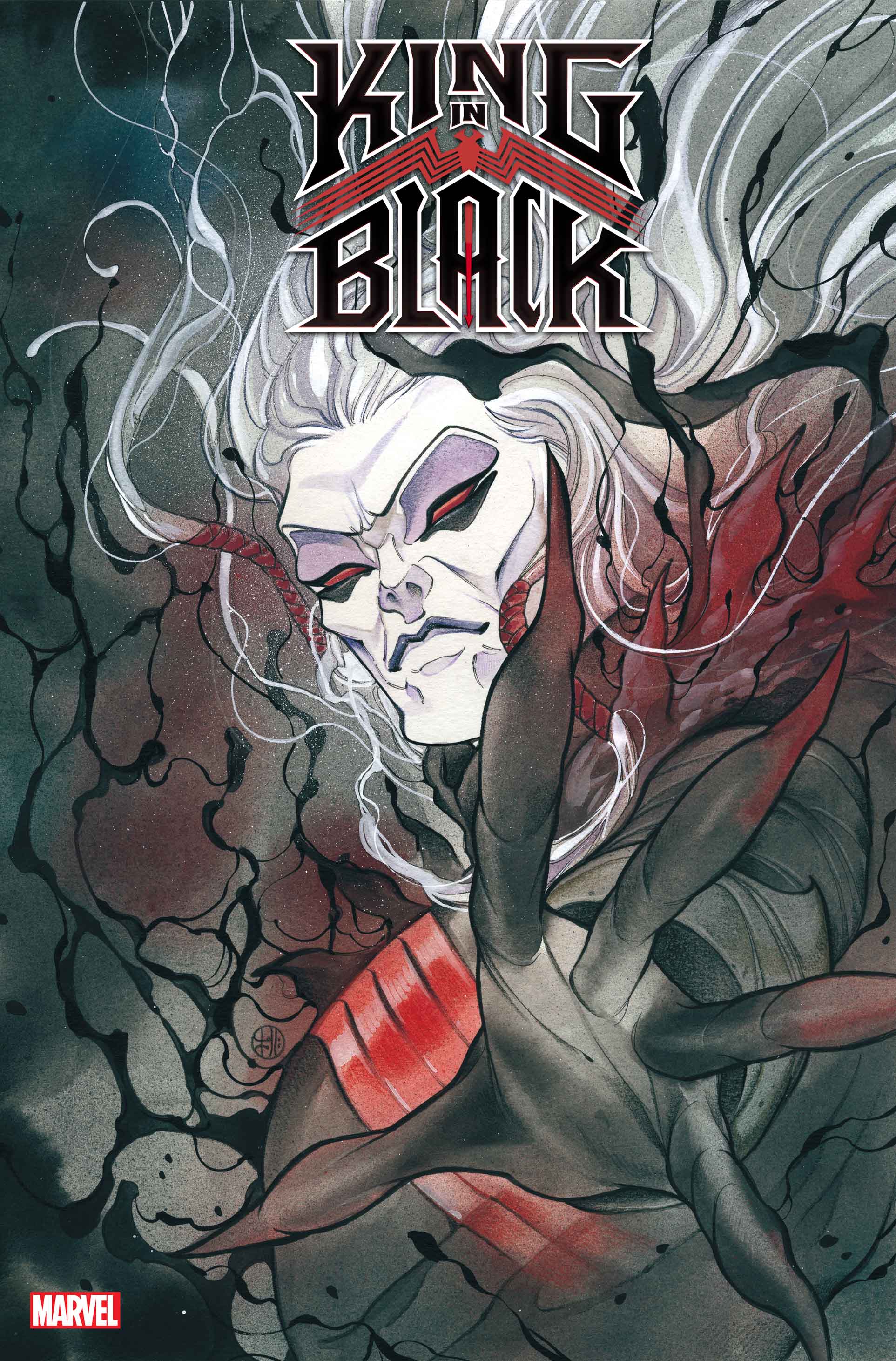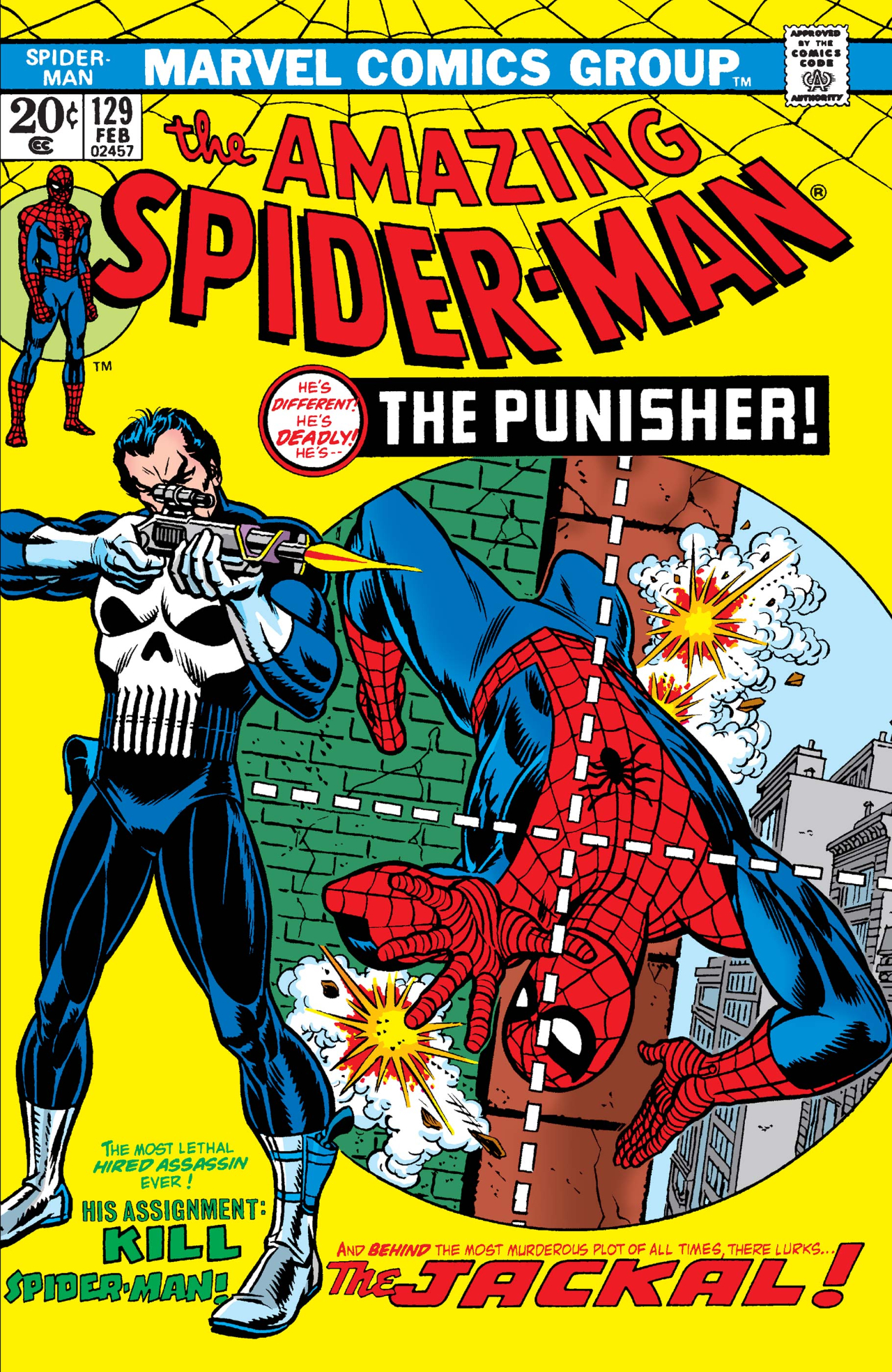Milestone values rising, variant covers still a draw, and other comics collecting news
The original Milestone Comics are gaining traction in the comic book collecting market

New releases and new creators are very much part of the news pulse, but there are a lot of interesting bits that fall under the heading of "collector news." Here are some of the hottest and most interesting collector tidbits of the day:
Milestone surging

Everything old can become new, and with news of a possible Static Shock movie and a line-wide revival, Milestone Comics are suddenly all the rage again.
"I realized a few days ago that every single issue of Static was gone from my back stock," said Jen King, owner of Space Cadets Collection in Oak Ridge North, Texas. "That leads me to my current project, going through hundreds of boxes in my warehouse looking for the long box of #1's I'm sure I remember seeing."
Milestone was launched as an imprint of DC Comics in 1993, focusing on minority creators and characters. The line petered out by 1997, with 253 individual issues across titles such as Static, Icon, Hardware, and Blood Syndicate having been released. The characters have popped up again from time to time, making a full run of 260 issues in total.
Static #1 is a focus, with copies selling from $60-$80. Icon #1 is moving in the $15 range, and one of the later releases, the 2001 Static Shock mini-series, will set you back $80-$100 for the entire 4-issue series.
Ryan Higgins, the owner of Comics Conspiracy in Sunnyvale, CA, has a large back-issue stock and is a frequent buyer of collections, and admits "I never see Milestone issues come in the shop."
Despite the warehouse dive, King is happy.
Get the best comic news, insights, opinions, analysis and more!
"I love this!" she said. "I live for older titles that seem to have lost demand all of a sudden finding a whole new audience. Are buyers mixed with speculation? Probably, but at this point, my goal is to turn speculators into readers, so any chance is a good one in my book."
End of the line
Remember when we mentioned that Milestone petered out by 1997? Well, some of those end-of-run issues are commanding amazing prices as well. Icon #42, the last issue in the series, is going for anywhere from $35-$70 in top grade. Static #45, that series' final issue, ranges wildly anywhere from $20-$95. Why so much for final issues?

In this case, scarcity is the game. The reason Milestone petered out in '97 is because sales were low. That Icon #42 had retail orders for about 6000 copies, and Static #45 was about 4800 copies. Now figure in 23 years of lag, relegation to quarter bins, and how many copies of an already scarce issue can be left in near mint or better condition? If you guessed "not many," you're right.
Certainly not all comics are graded and certainly not all by one company but by way of comparison, CGC's census lists 359 copies of Static #1 graded, with 176 of those in 9.8 or better. Static #45? A mere 37 graded, with 13 being 9.8 or better.
Collectors have long hipped to the 'final issue' phenomenon, with some of Marvel's famous 1970s-1980s licensed properties leading the way. Marvel's original Star Wars #107, which creaked into cancelation in 1986, will set you back anywhere from $50-$90. Transformers #80, which bit the dust in 1991, is a $40-$120 item.
Variants and variant artists
And a major driver in the here-and-now? The many, many variant covers that proliferate the market. They can be hard to keep track of, and some stores are waving the white flag.
"As a store owner, I've almost given up caring about chasing the last hot variant cover," said Ryan Higgins of Comic Conspiracy. "Those things burn so hot for five days, and then they're gone. The number of books that I've sold out of on Wednesday had endless calls for on Thursday and by next week, they're cover price on eBay…it's nine out of 10 books."

Still, variant covers remain collector favorites, with publishers even heralding deals with cover artists such as Peach Momoko.
"I think that the appeal of Peach is a unique art style," said Jen King at Space Cadets Collection. "That watercolor pastel softness is refreshing, akin to the popularity of David Mack's art. I hope Peach has a long, happy cover career that maybe rolls into some interior art."
Higgins is well familiar with Momoko as well.
"She actually used to be up here at some of the smaller Northern California cons, anime cons, and so on," he said. "Some of my customers knew her when she was just another face in artist alley. Her art started as the weird, hard-to-find cover. I like her stuff. It's an interesting style, a cool look. But when you get to 20 covers a week, which is what it feels like she's doing these days, you lose some of the novelty of it."
Yes, conventions are happening
COVID-19 has ground almost all large-scale gatherings to a halt, but the once (and soon to be again?) burgeoning comic convention business is doing its best to adjust. A number of major cons are announcing 2021 dates, and … some cons are happening now.
The Big Lick Comic Con of Roanoke, VA just had an event Halloween weekend, Oct. 31-Nov. 1.
"We did not have to ask a single patron to keep their mask on, lines were controlled, and we watched our capacity," said JD Sutphin, owner, and CEO of Big Lick Entertainment. "It really was wonderful, and we still entertained around 3,000 people over the weekend."
Sutphin has his next comic con scheduled for Feb. 13-14, 2021.
And 'at home' signings are booming
For those (understandably) less than enthusiastic about joining crowds, you can still get your autograph fix, at least. Signature facilitators and grading companies have approached talent about doing at-home signings, and that business is robust.

"Once COVID got worse in March, we've had about 25 mail-in creator signings, with great success," said Steve Borock, president and primary grader at CBCS, Comic Book Certification Service.
And Borock said the mail-in model is beating the in-person convention model.
"It's huge; about three times the number of books we would have usually gotten in over the same period of time."
Borock noted that signings with Gerry Conway, Frank Miller, and Stan Sakai have been very popular, and Amazing Spider-Man #129, the first appearance of the Punisher written by Conway, has been a very hot submission.
Hey, man. Look at your bags and boards
Okay, it's not the sexiest item, but if you're spending money on comics, you may as well protect them. Heat, light, and humidity are the killers. The good news? You don't have to do a lot.
"The vast majority of comics are fine in a traditional bag and board, in a box, as long as they're stored properly," said Ryan Higgins at Comics Conspiracy. "If you live in Florida where it's humid or Death Valley where it's insanely hot, you might need to do something more. If you have Golden Age, Silver Age, expensive Bronze Age books, spend the money, get some high-end Mylars. But for the vast majority of it, it's a matter of storage."
Steve Borock of CBCS has been in the hobby approximately forever and has handled million-dollar issues both at his current job and previously at Heritage Auctions and CGC. He echoes Higgins' sentiments, with an emphasis on temperature.
"First and foremost is climate-controlled temperature," Borock said. "You do not want much, if any, change in temperature, as that can deteriorate books."
Borock said acid-free Mylars and acid-free backing boards are the way to go if your books are not slabbed. Still, he cautioned, "The board should be changed about every 5-7 years."
Fans of Milestone Comics might want to check out our countdown of Black superheroes that changed the face of comic books.
—Similar articles of this ilk are archived on a crummy-looking blog. You can also follow @McLauchlin on Twitter


